Intelligent Machines
I rode in a car in Las Vegas that was controlled by a guy in Silicon Valley.
A startup thinks autonomous cars will need remote humans as backup drivers. For now, it’s kind of nerve-racking.

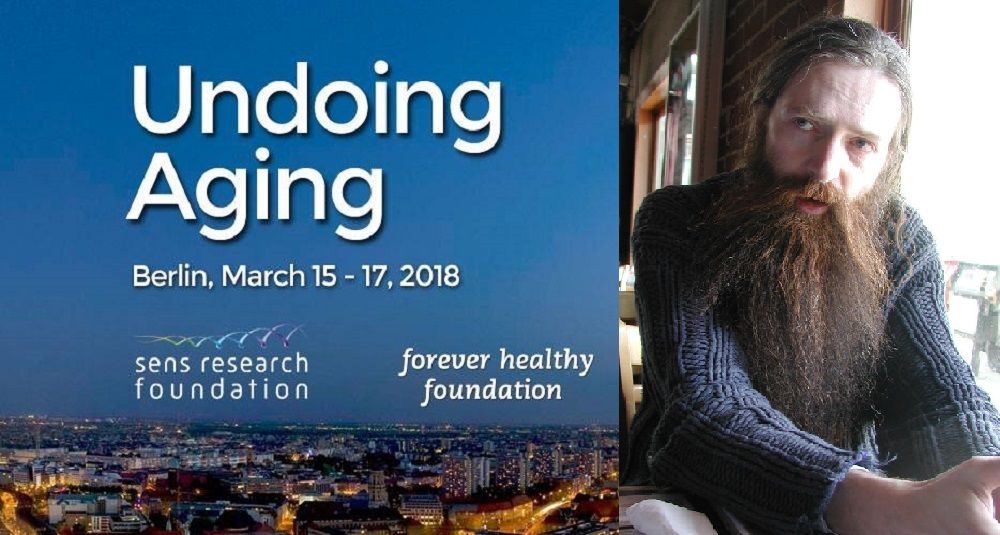
The second part of LEAF’s interview with the SENS Research Foundation team is out!
Welcome to part two of our three-part Undoing Aging 2018 interview of Dr. Aubrey de Grey and his team at SENS Research Foundation. Today, we have some of the scientific questions that the community had about SENS; there are some very detailed responses, and we hope you enjoy them.
Regarding the use of senolytics, are you concerned about their potential to remove highly specialized cells like cardiomyocytes, which do not divide or do so very slowly? Could taking senolytics without the ability to replace these specialized lost cells be risky unless combined with replacement therapies?
Aubrey: This is not a major concern, for a few reasons. First, when cells turn senescent, they cease carrying out their specialized function (as a cardiomyocyte, or neuron, or what have you), so no such function is lost by ablating them. Second, cells that don’t divide (like cardiomyocytes and neurons) are far less likely to become senescent in the first place than cell types that divide; many of the main drivers of senescence are related to cell division. And third, in the specific case of cardiomyocytes, there’s already significant evidence in rodents that it improves cardiac function overall [1] as well as wider cardiovascular health [2–3].

PORTLAND, Ore. (KOIN) – It’s a staggering statistic.
Thousands of people are expected to be killed or somehow injured when a major earthquake hits, according to a newly released report. Depending on when a 9.0 Cascadia Subduction Zone (CSZ) earthquake hits, the death toll and number of injured could reach into the “low tens of thousands.”
The newly released report was prepared for the Regional Disaster Preparedness Organization (RDPO).

The strange, cosmic reason our evolutionary path will look ever luckier the longer we survive.
I t was hard times for the bomber pilots that floated over Europe, their planes incinerating cities below, like birds of prey. Even as they turned the once-bustling streets beneath to howling firestorms, death had become a close companion to the crews of the Allied bombers as well. In fact, surviving a tour with the Bomber Command had become a virtual coin flip. While their munitions fell mutely from bomb bays, an upward sleet of fire from smoldering city grids and darkened farmland shot the planes out of the sky like clay pigeons. For recruits encountering the freshly empty bunk beds of dead airmen, morale was sapped before they could even get in the cockpit. Hoping to slow this attrition, Allied officers studied the pattern of bullet holes in returning aircraft for vulnerable parts to reinforce with armor.
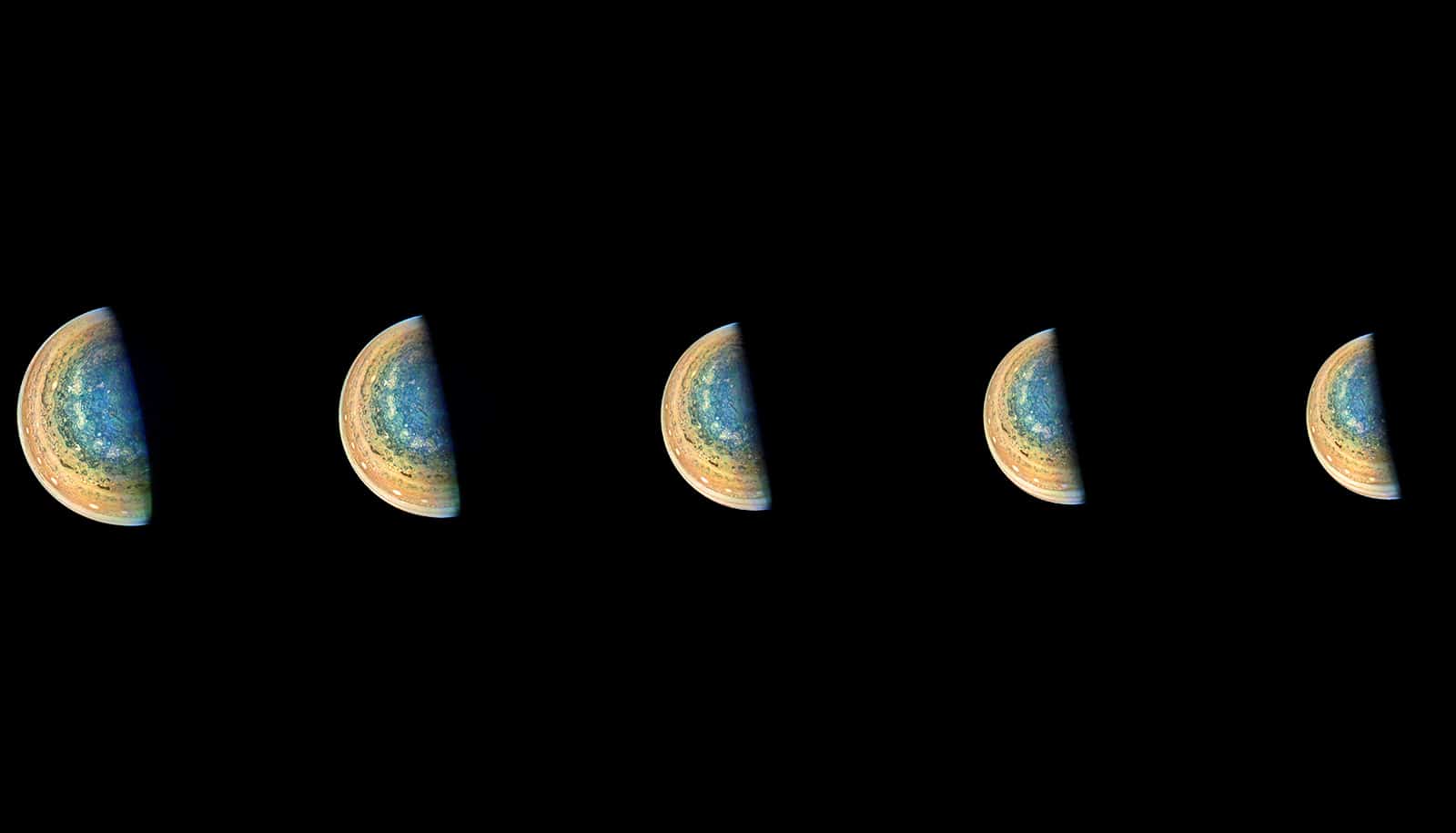
“They are extraordinarily stable arrangements of such chaotic elements.”
One of these was the question of what lay at its elusive poles. When scientists got the first images, they were stunned. At the north pole, eight storms surrounded one storm at the center. At the south pole, it was the same arrangement, only with five storms.
But the numbers stayed oddly constant: the storms weren’t drifting and merging, as current understanding of the science suggests they should.
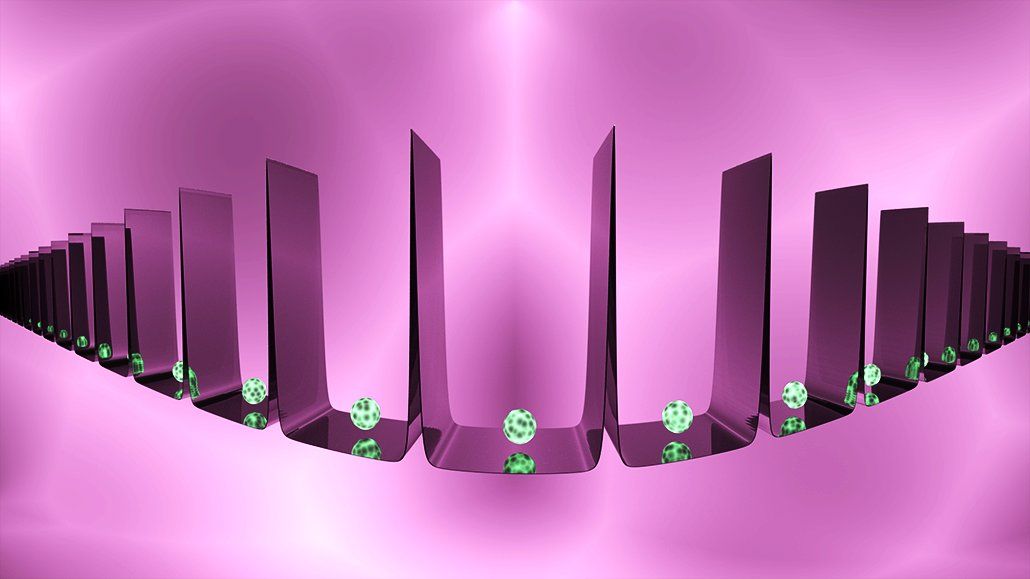
Exotic physics can happen when quantum particles come together and talk to each other. Understanding such processes is challenging for scientists, because the particle interactions can be hard to glimpse and even harder to control. Moreover, modern computer simulations struggle to make sense of all the intricate dynamics going on in a large group of particles. Luckily, atoms cooled to near zero temperatures can provide insight into this problem.
Lasers can make cold atoms mimic the physics seen in other systems—an approach that is familiar terrain for atomic physicists. They regularly use intersecting laser beams to capture atoms in a landscape of rolling hills and valleys called an optical lattice. Atoms, when cooled, don’t have enough energy to walk up the hills, and they get stuck in the valleys. In this environment, the atoms behave similarly to the electrons in the crystal structure of many solids, so this approach provides a straightforward way to learn about interactions inside real materials.
But the conventional way to make optical lattices has some limitations. The wavelength of the laser light determines the location of the hills and valleys, and so the distance between neighboring valleys—and with that the spacing between atoms—can only be shrunk to half of the light’s wavelength. Bringing atoms closer than this limit could activate much stronger interactions between them and reveal effects that otherwise remain in the dark.
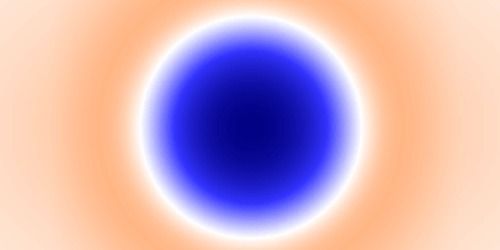
An analysis of distortions in the cosmic microwave background reveals information about the gas inside large voids in space.
Galaxies tend to be the standouts in astronomy. But researchers are finding there is plenty to learn from studying cosmic voids—swaths of mostly empty space, hundreds of millions of light years across. The temperature and pressure of the gas in voids could, for example, provide clues to how energy cycles through the cosmos. David Alonso, of the University of Oxford in the UK, and colleagues have now taken one of the first steps toward determining these gas properties by analyzing how the gas distorts light from the early Universe.
The cosmic microwave background (CMB) is the first light released into the cosmos, roughly 380,000 years after the big bang. Intergalactic gas boosts the energy of photons from the CMB, and this distortion is a powerful probe of the gas in galaxy clusters. But no one has yet used it to study voids. Alonso’s team combined maps of the CMB with images of 774 cosmic voids. The researchers then deduced the properties of the gas within each void by comparing the measured energy of the CMB photons to models of the electron pressure in voids.
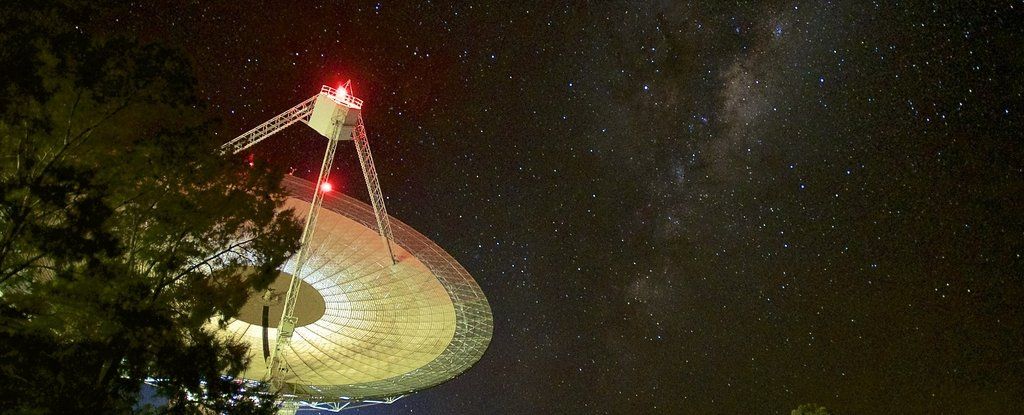
Three more of the mysterious fast radio burst (FRB) signals have been detected this month, and one of them is a real record-breaker, coming in with the highest signal-to-noise ratio ever recorded. That makes it the “brightest” FRB that’s ever been observed.
The signals came in on March 1, March 9 (that’s the really bright one) and March 11, snagged by the Parkes Observatory radio telescope in remote Australia.
They are called FRB 180301, FRB 180309 and FRB 180311, following the fast radio burst convention of being named for the dates on which they occurred.
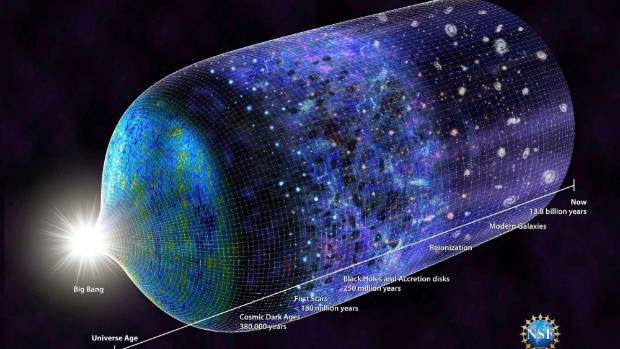
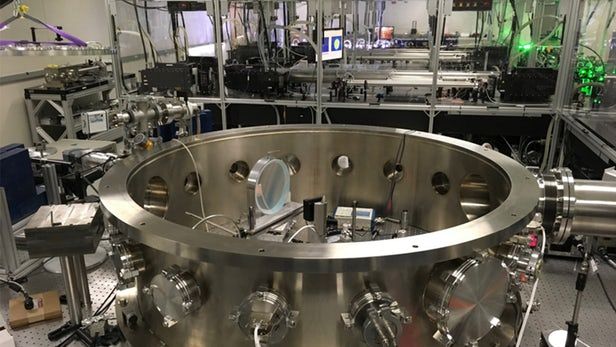
Researchers at Colorado State University (CSU) have broken the efficiency record for nuclear fusion on the micro-scale. Using an ultra-fast, high-powered tabletop laser, the team’s results were about 500 times more efficient than previous experiments. The key to that success is the target material: instead of a flat piece of polymer, the researchers blasted arrays of nanowires to create incredibly hot, dense plasmas.
We have nuclear fusion to thank for our very existence – without it, the Sun wouldn’t have fired up in the first place. Inside that inferno, hydrogen atoms are crushed and through a series of chain reactions, eventually form helium. In the process, tremendous amounts of energy are released. Theoretically, if we can harness that phenomenon we could produce an essentially unlimited supply of clean energy, and although breakthroughs have been made in recent years, nuclear fusion energy remains tantalizingly out of reach.